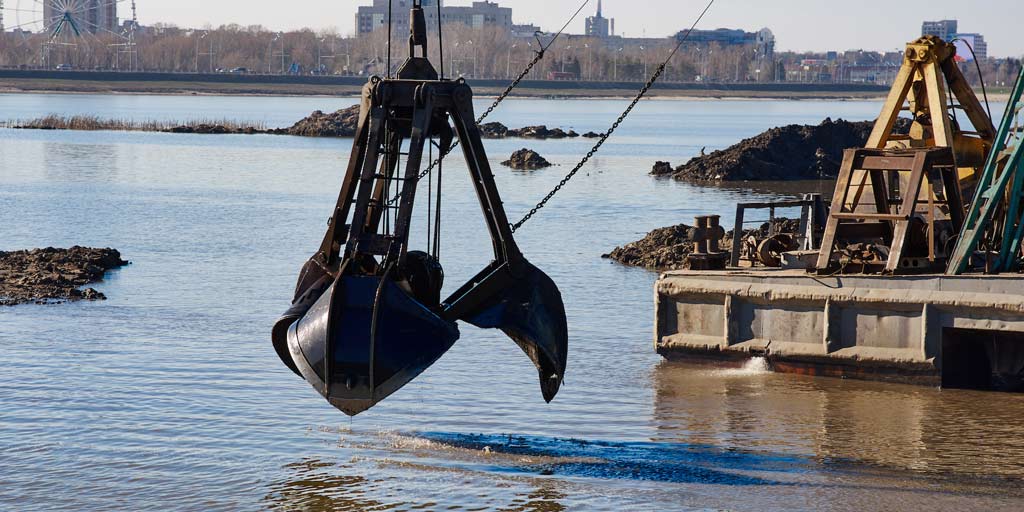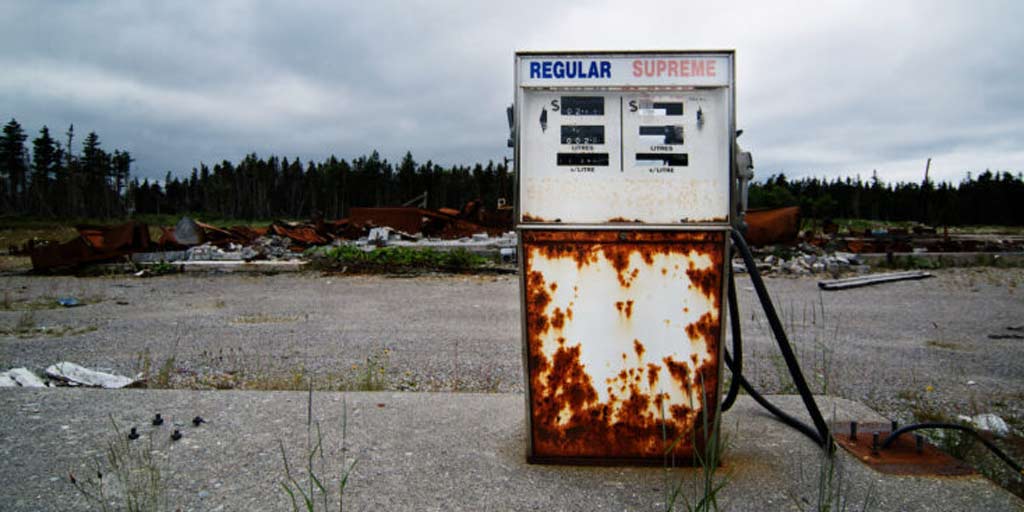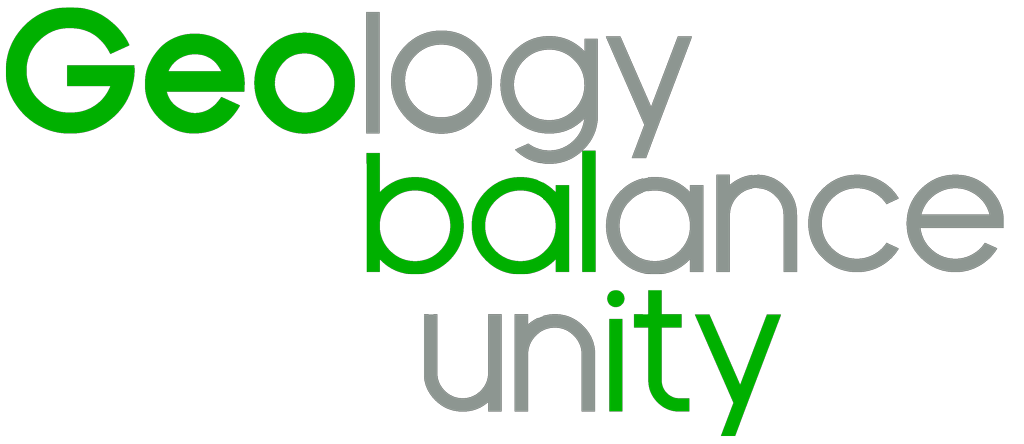Each site is unique with its natural and specific site conditions, as well as its contamination. The remediation concept must therefore be specifically adapted to the site. To this end, we always look for the best combination of innovative and green methods that support the microorganisms in their action. After reviewing all available information on the site, a feasibility study is carried out in the laboratory. Here, soil and pollutant samples from the site are analysed in the laboratory and experiments are conducted to develop an optimal remediation concept. In our laboratory, we first qualitatively test for the presence of microorganisms in the sample material. Then a remediation solution is worked out experimentally. Our remediation solution mainly consists of mineral material (e.g. bentonite, activated carbon or clay), as well as a mixture of microorganisms and nutrient substrate. Once the optimal mixture has been found through so-called batch tests, it is used in a long-term test in which degradation kinetics and system understanding are derived.
With our methods, we are contributing to making the world a cleaner place. Our approach: Back to nature. Naturally.
For us, this means offering sustainable solutions that achieve results in cooperation with nature. Our green technologies act as a catalyst for natural processes. In this way, we create ideal conditions for microbacterial degradation processes. This means:
- Effectiveness, as many loads can be reduced by more than 90%.
- Speed, as good results are achieved after only a short time.
- Sustainability, as most of the substances used are naturally regenerated.
Examples from practice
DEAKTIVIERT
Harbour silt
In harbours, the movement of water and sediment transport often leads to the accumulation of pollutants such as heavy metals and hydrocarbons. Together with urban, commercial and typical port uses, sediments with a large load of organic and inorganic contaminants are deposited, sometimes over decades. Sediments are regularly dredged in order to maintain modern port operations. Up to now, the processing of heavily contaminated sediments has been technically complex and cost-intensive.
Our methods are efficient and green solutions.

Dry cleaning
Dry cleaners use hydrocarbons. Any improper storage of raw materials and waste containing pollutants, careless handling of these chemicals or even accidents can lead to them getting into the soil and groundwater.

Dye works

Petrol stations
Particularly at older petrol stations with inadequate protective measures, it is a problem that mineral hydrocarbons unintentionally enter the soil and, via this route, also the groundwater. As a result, a plume of contaminants can form in the groundwater that extends far beyond the actual site of the filling station. The extent of the contamination is often not precisely known.

ACT NOW!
You ask - We answer!
Geobality Europe GmbH
Große Elbstraße 145c
D-22767 Hamburg
+49 (0) 40 238 305 70

